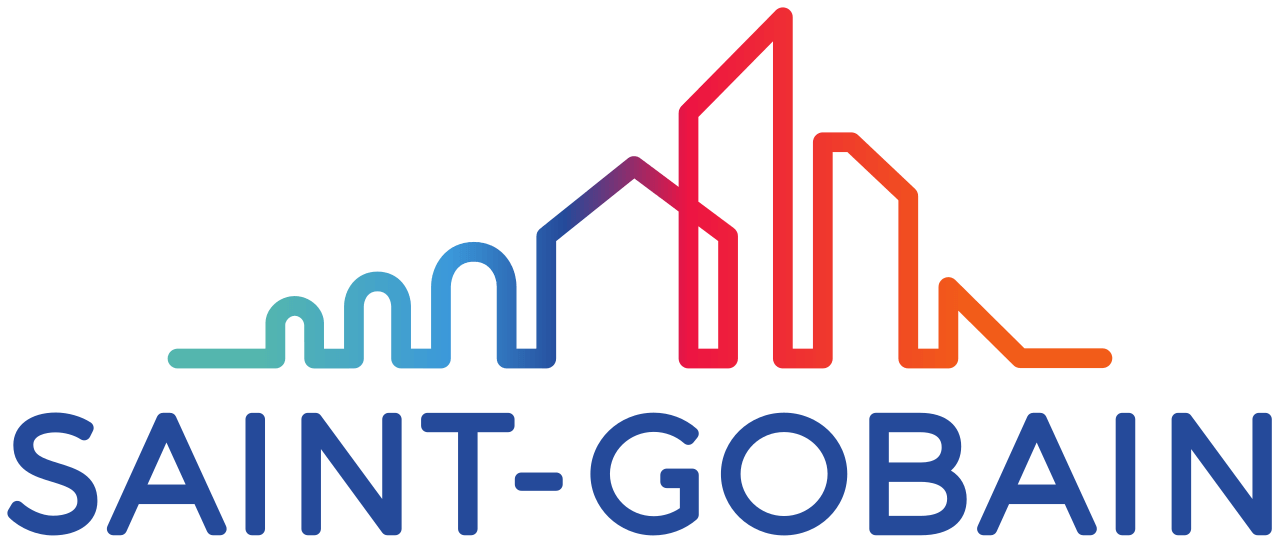What Manufacturers Can Expect When Transitioning to Automated Employee Scheduling
Managing employee schedules is challenging, especially in manufacturing, where legacy and manual processes are still used. There are three main reasons for the persistence of manual scheduling: the uncertainty managers and employees feel about how automation will directly impact them, the variability in production demand that requires dynamic scheduling, and the complexity and variance in scheduling policy and practice between and within manufacturing plants.
In this on-demand webinar, we’ll demystify the transition to automated scheduling for manufacturers. You’ll discover:
- The common challenges of manual scheduling — and how automation can ease these issues.
- What the transition to automation can look like for an organization — and some best practices.
- How scheduling automation can digitize processes and create a better work environment for all.






